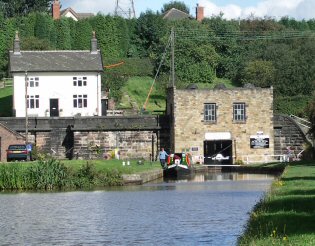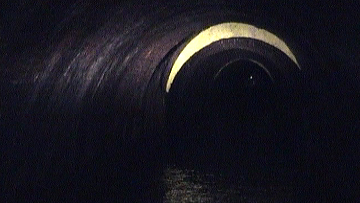CaRT ignores Coroner's Harecastle concerns
JUST over a week ago, Canal & River Trust (CaRT) published ‘New advice regarding tunnel safety' seemingly responding to a Coroner's concerns, writes Allan Richards.
Sadly, CaRT failed to publish what the Coroner's four concerns were. It has also failed to publish their full response to the CoronerRegulation 28 Coroners report
Coroners inquests establish cause of death. Where a Coroner believes that deaths in similar circumstances are preventable, he can issue a ‘Regulation 28' report (previously known as a ‘Rule 43' report). The recipients of such reports are the persons that the Coroner believes can prevent future similar deaths and they must respond to the Coroner's concerns in writing within 56 days.
‘Regulation 28' reports and responses may be published in full or redacted form by the Chief Coroner and recipients have the right to ask that publication of their response is withheld.
Whilst a ‘Regulation 28' report has been published into the death of Michael Holgate in Harecastle Tunnel, CaRT's response, which should have been received by the Coroner on the 3rd of October at the latest, does not appear on the judiciary website (http://www.judiciary.gov.uk/).
 The Harecastle death
The Harecastle death
In his ‘Regulation 28 report', Stoke-on-Trent and North Staffordshire Senior Coroner, Ian S. Smith described the death of Mr Holgate. The report states that the deceased, his wife and son entered the south portal of Harecastle Tunnel at 11am on the 20th of May 2014 on their boat. At about 1700 meters inside the tunnel the boat collided with its side. The deceased had apparently fallen into the water but this was not witnessed so the exact circumstances were not clear. Mr Holgate's body was not recovered until 9pm that evening.
A post mortem revealed cause of death as immersion in water with a broken neck. Blood alcohol was negative.
 Coroner's concern
Coroner's concern
The Coroner documents in his report that Mr Holgate may have hit his head causing him to fall into the water. His wife was panic-stricken and was unable to raise any help despite sounding the narrowboat's horn many times. She also had difficulty in navigating the boat out of the tunnel. The Coroner expressed four concerns that CaRT needed to address as follows:
1. There is no means of communication within the tunnel, I accept that mobile phone and the like would not operate but would ask the Trust to explore the possibility of a telephone cable and a number of emergency telephones at strategic and regular points within the tunnel.
2. There is no requirement to wear safety jackets/buoyancy aids in the tunnel. These are mandated for narrowboat owners to carry on the boats. Would it not be possible to insist that all persons on board wear such safety equipment before they are allowed into the tunnel?
3. Safety helmets could be provided (on a free loan/fee basis) to persons passing through.
4. I would ask generally that there be a review of the safety information given out, and made available to all, not just those driving narrowboats.
CaRT's response
However, CaRT's published response in its Boaters Update ignores three of the Coroners concerns and only addresses the second.
Even with the second, CaRT has sidestepped the question ‘Would it not be possible to insist that all persons on board wear such safety equipment before they are allowed into the tunnel?' Simply agreeing with the coroner that wearing of safety equipment might prevent death in similar circumstances.
A week ago, CaRT was asked to provide a copy of its response to the Coroner so that boaters could see how it intends to address all the issues he raised.
A copy of its response has not been forthcoming. Why not?
